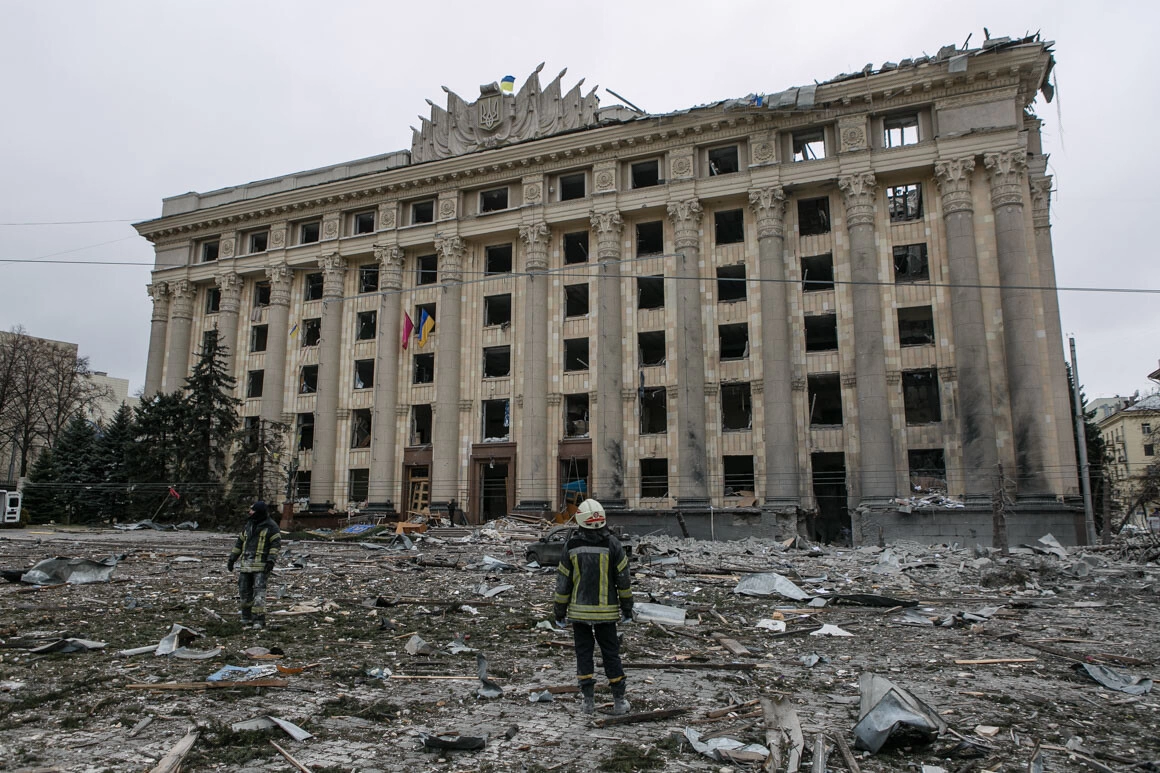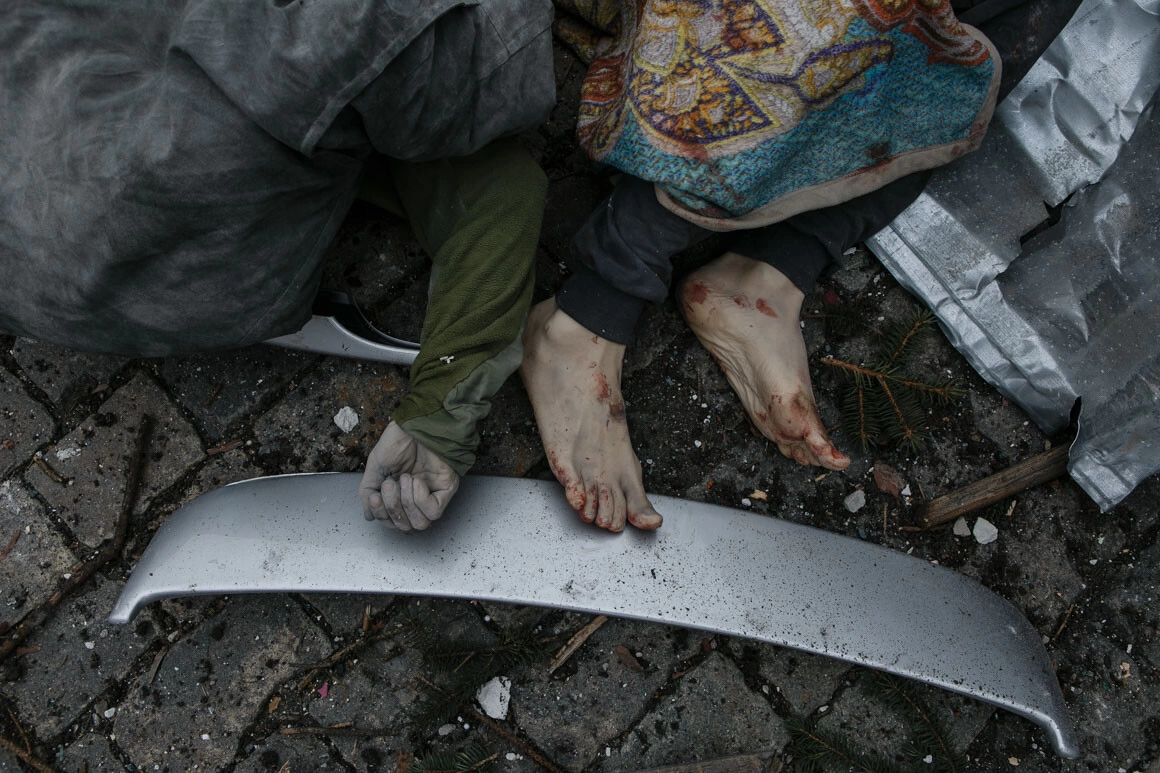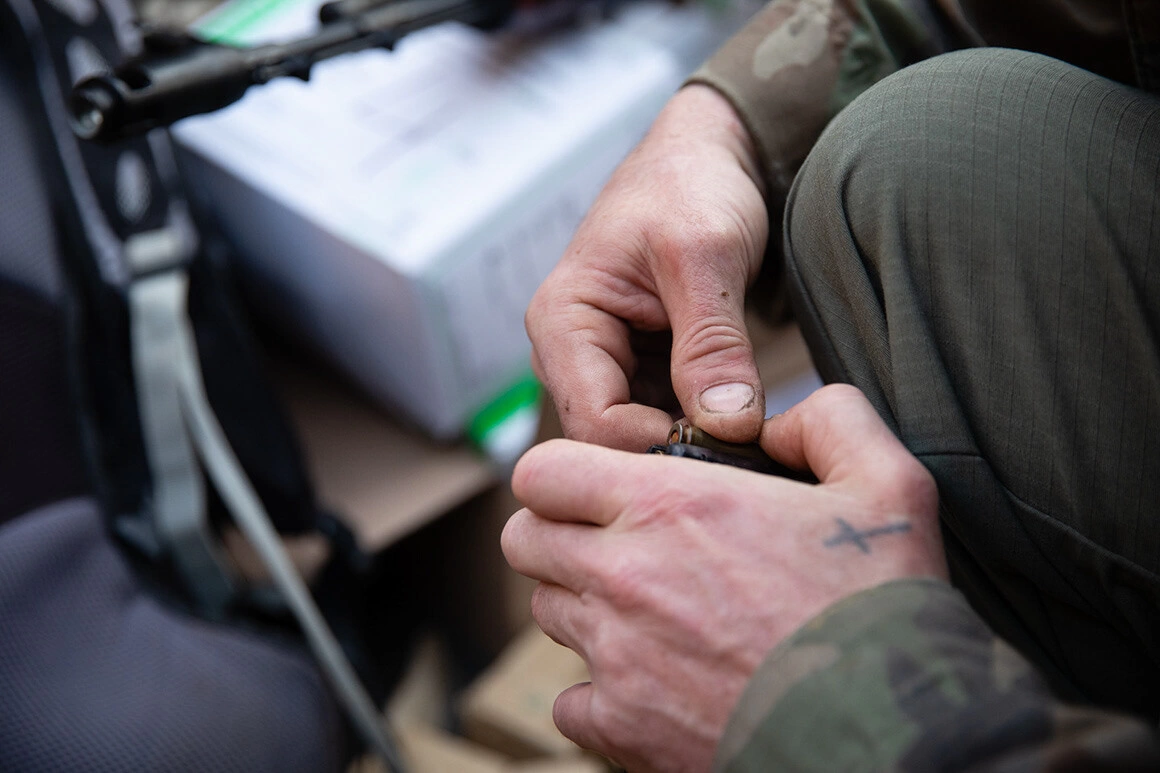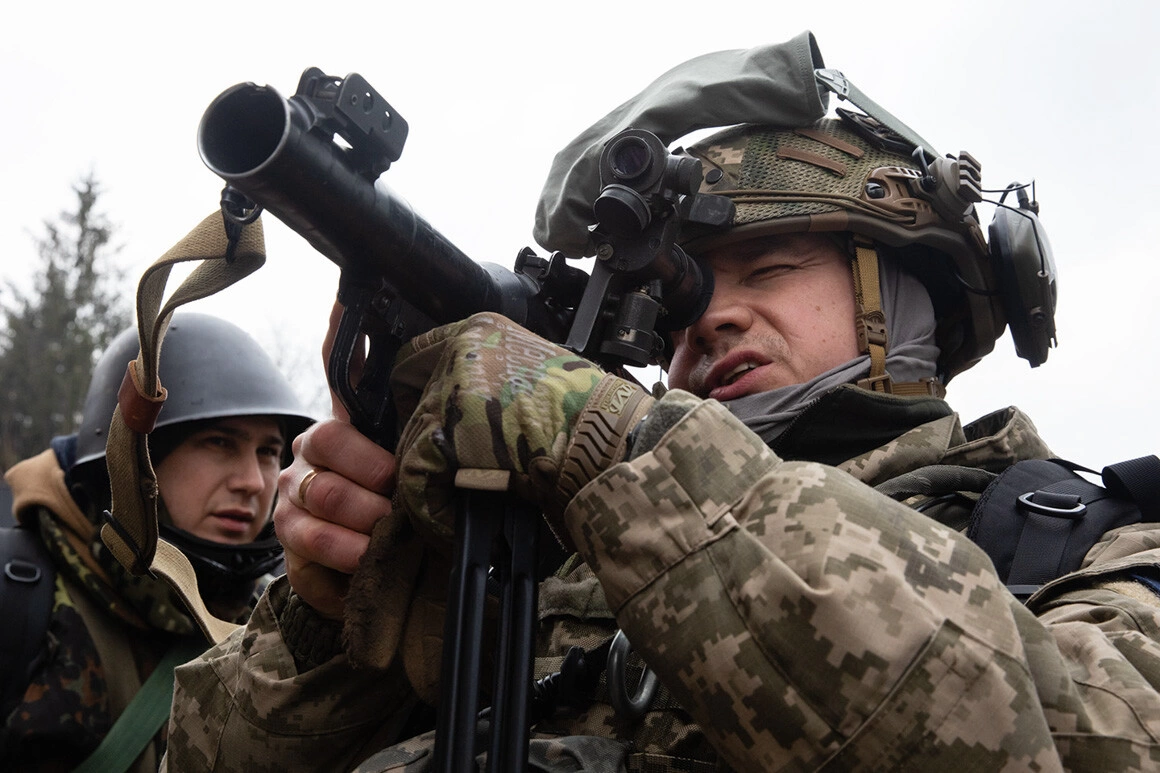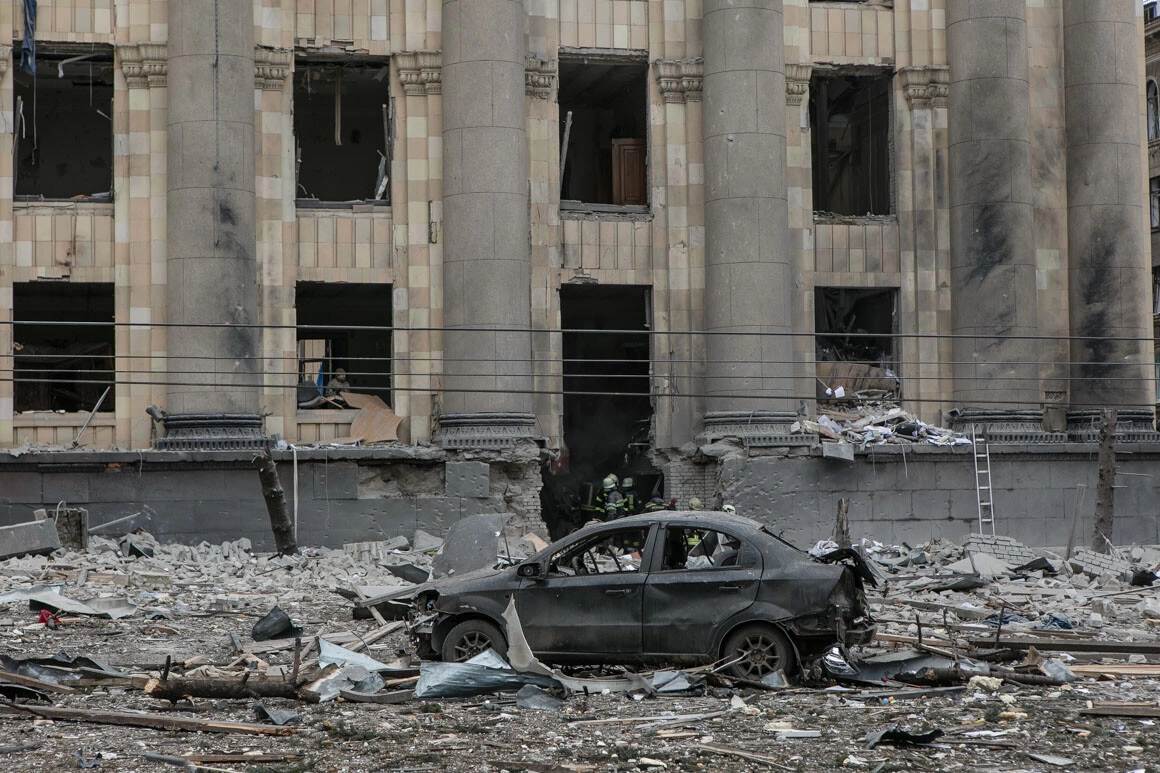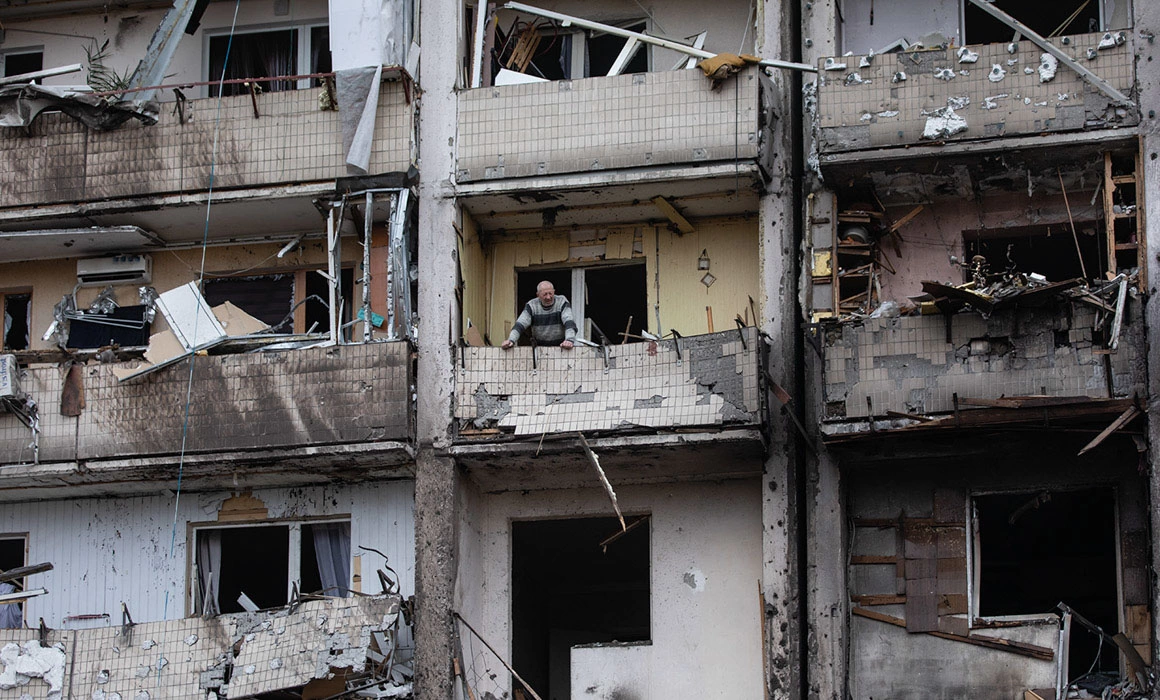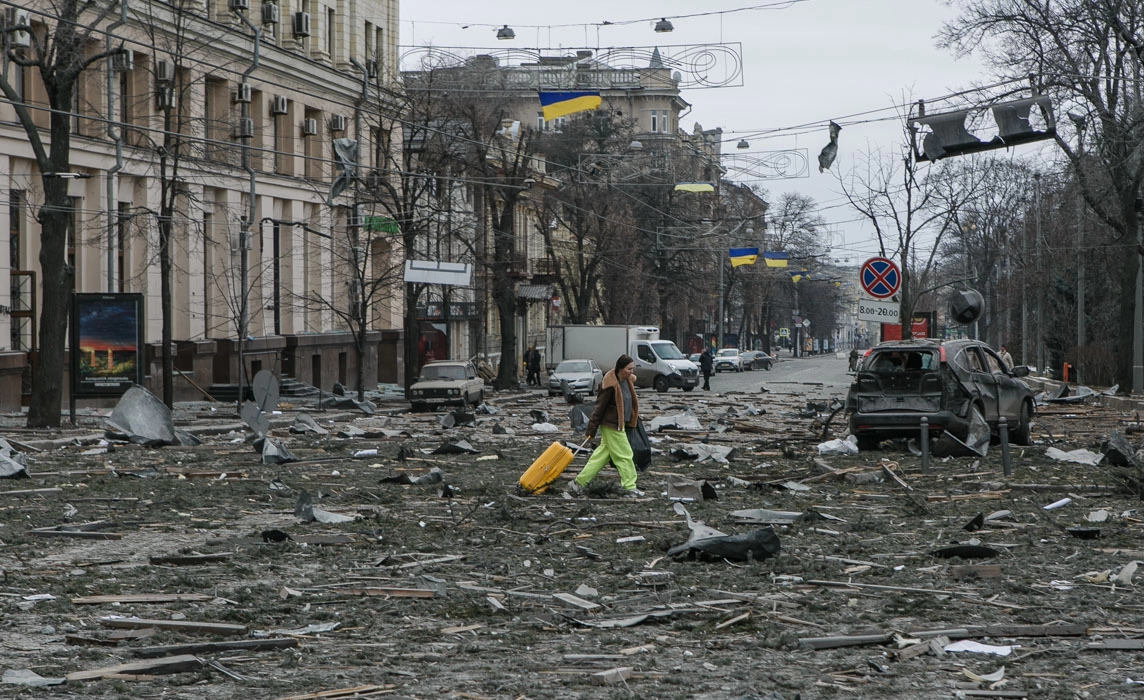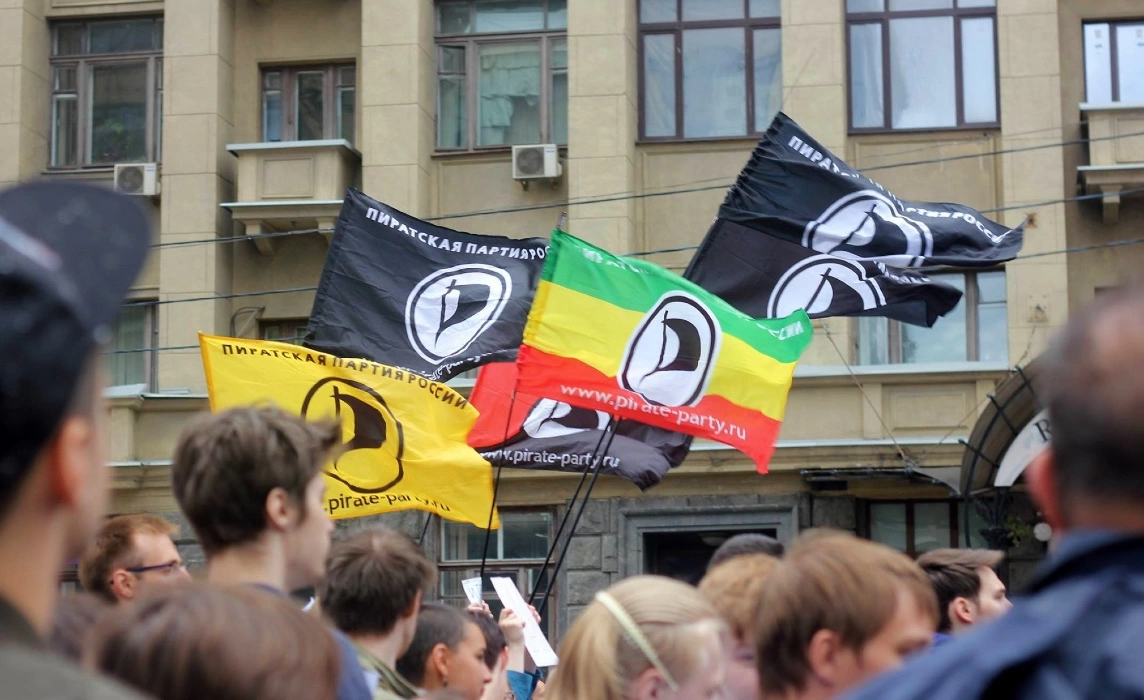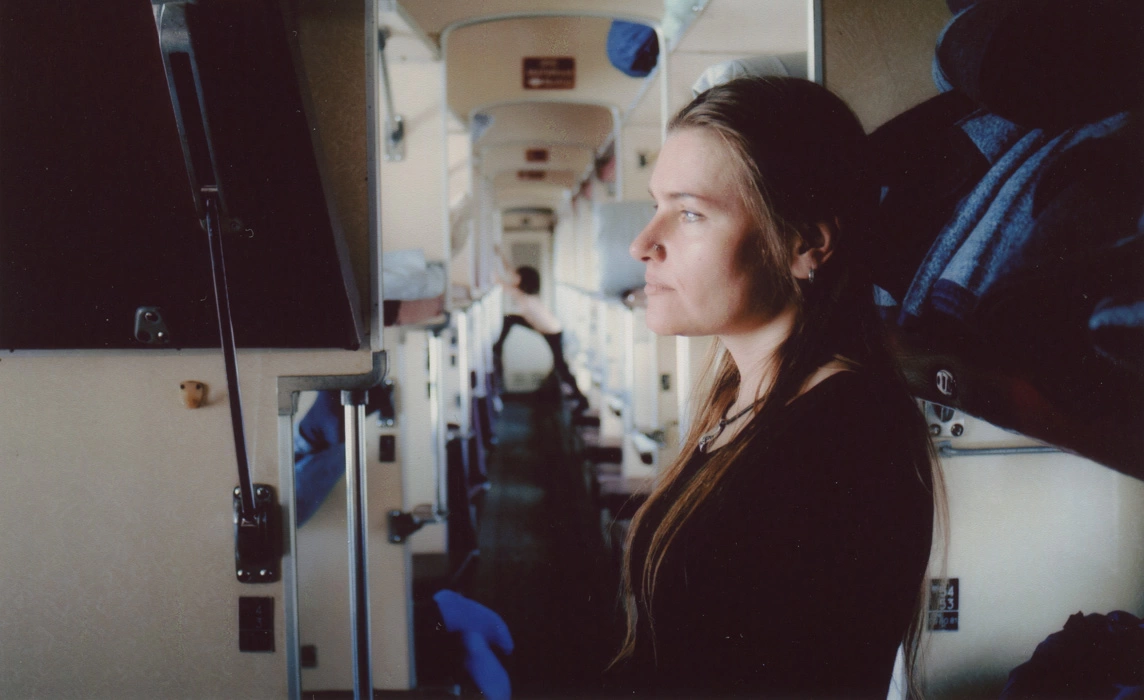In two weeks of Russian invasion at least 474 civilians, including 29 children, have been killed and 861 people have been injured in Ukraine, according to the latest figures from the United Nations Human Rights Office. More than 2 million Ukrainian refugees have fled their country within two weeks. Actual figures are very hard to estimate, with Russia constantly hitting civilian targets. The Ukrainian gouvernement is reporting over 2000 deaths. Kyiv, Mariupol and Harkiv are hit hard, and the latest images from Irpin clearly show civilians being fired upon. The Russians are attacking apartment buildings, squares, schools, hospitals, TV towers, civilian infrastructure. We are all helplessly watching on our phones all this death and suffering.
On the 28th of February, after 4 days of war, Karim Khan, the Prosecutor of the International Criminal Court, announced that an investigation into the Russian invasion is being opened, and that ”there is a reasonable basis to believe that both alleged war crimes and crimes against humanity have been committed in Ukraine.”
People who are visually documenting this invasion are contributing to a growing digital database with evidence of war crimes commited by Russia. Two of them, Pavel Dorogoy, documentary photographer, and Mickail Palinchak, street and documentary photographer, have overnight become war photographers in their own country. The organisers of Odesa Photo Days festival are distributing their photographs in a campaign to raise funds for the Ukrainian army.
Warning! Sensitive content that may be traumatizing.
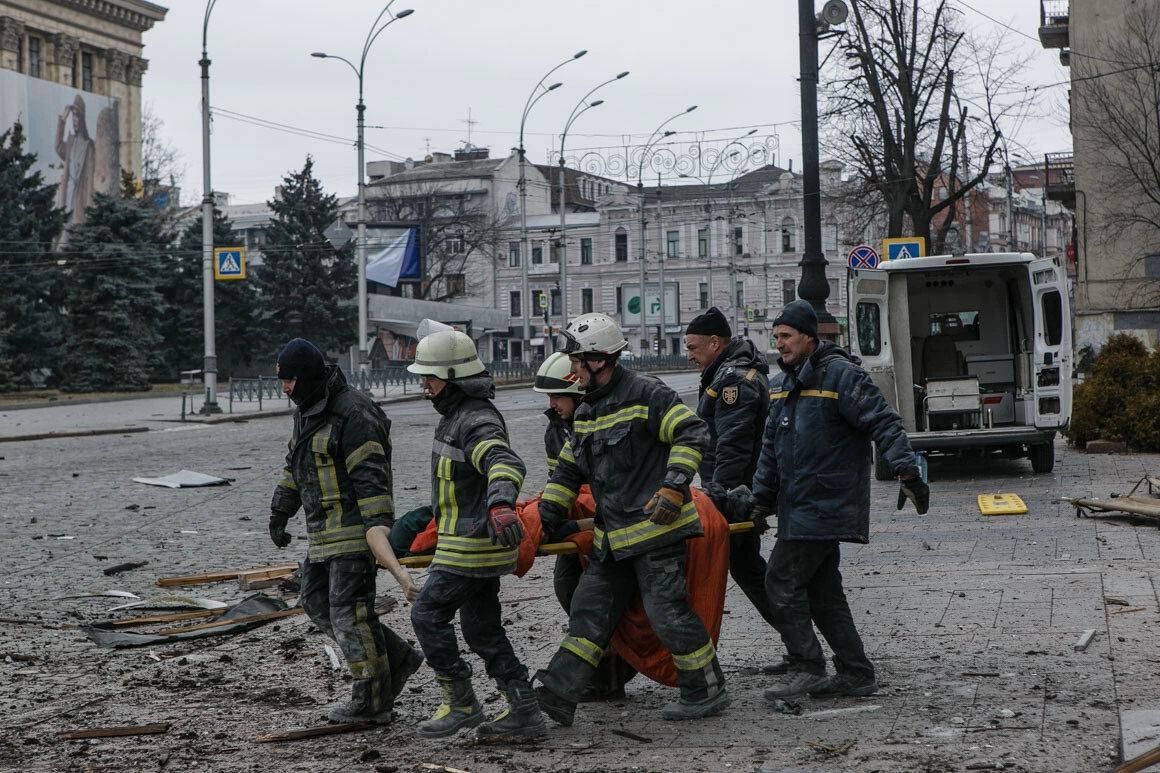
“I still can’t believe this is happening in my country. In my city. Painfully familiar places are turned into ruins. My camera helps to somehow cope with the pain. I understand that my photos are evidence of crimes, which could be used in trial of those who commit them”, says photographer Pavel Dorogoy.
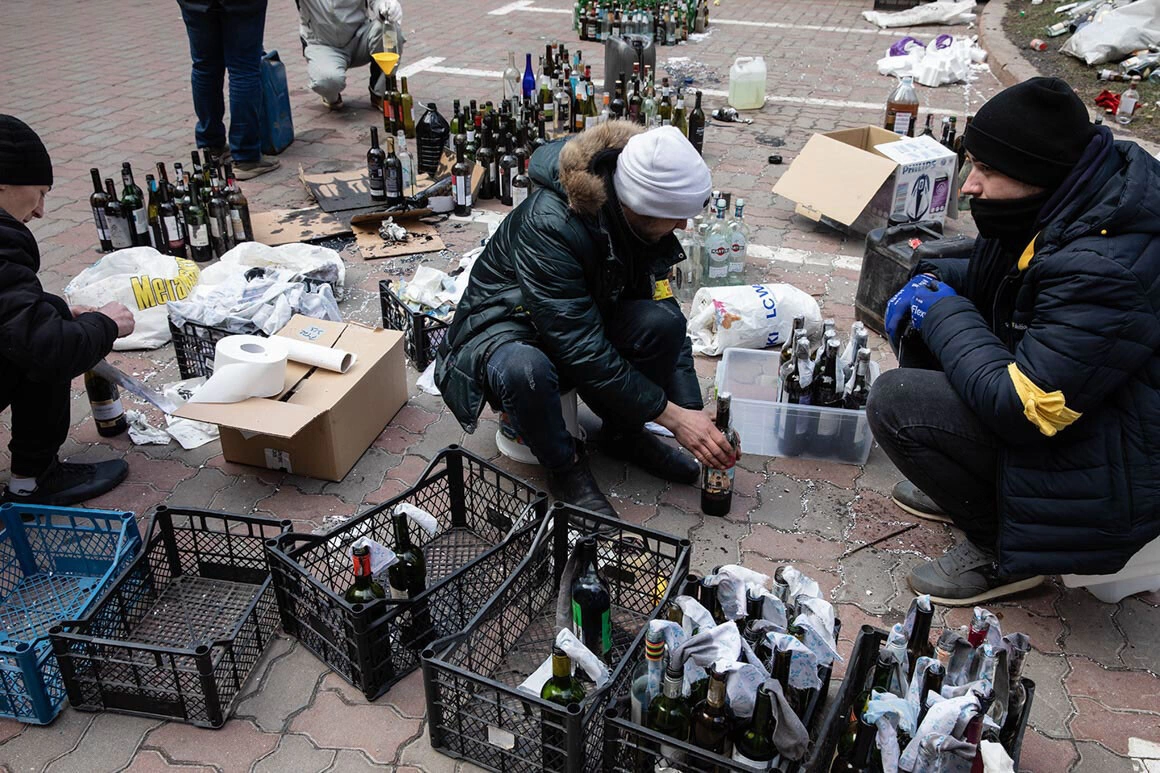
“My roots as a photographer are in street photography. I have been living in Kyiv for the last 15 years and never thought I would become a war photographer in my hometown. As war came to the streets of Kyiv, I had no choice. Many Ukrainian civilians, men and women, joined the army or city territorial defense, took guns to defend their homes, streets, cities, country. I feel that my obligation as a photographer is to witness and document everything going on these days,” says Mickail Palinchak.
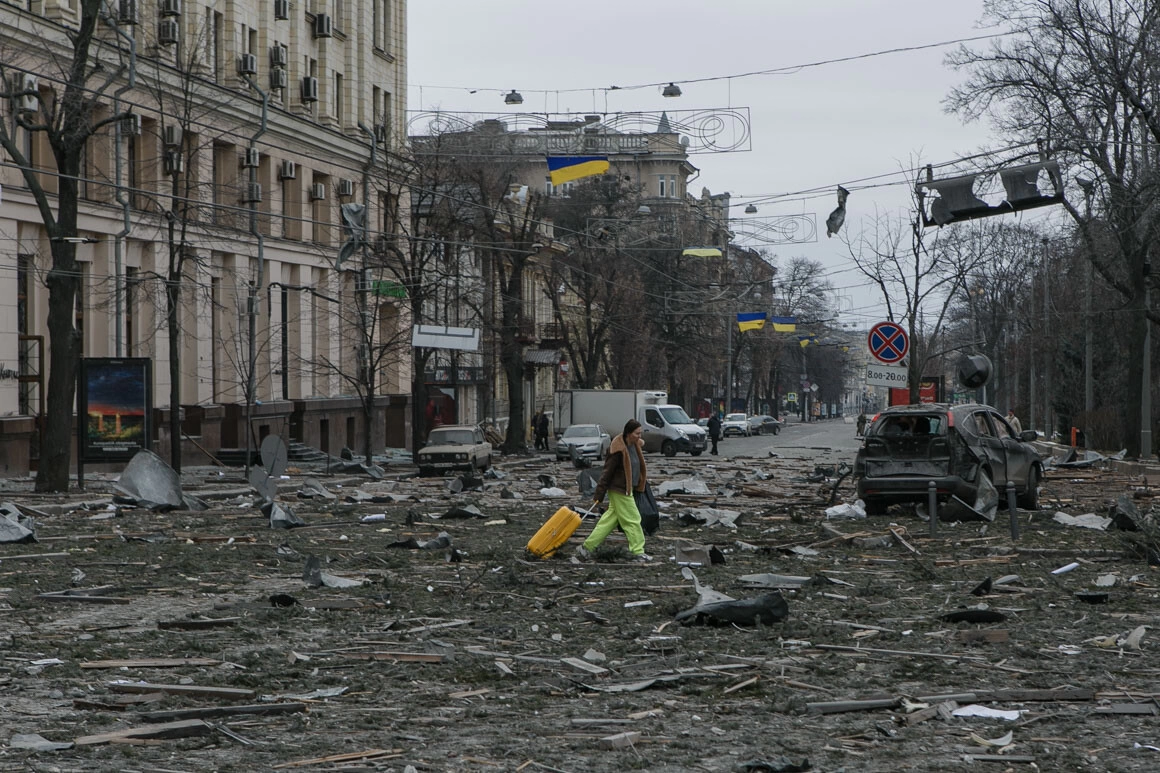
“On February 24, the lives of millions of Ukrainians changed dramatically. A few days ago we went to work, met with friends, attended art events and most importantly - had the opportunity to live in our apartments and be close to family and friends. Now everything changed. In May, I planned to hold the 8th Odesa Photo Days Festival in my hometown of Odesa. Instead, the entire team of the Festival is now working on distributing photos of the war in Ukraine”, says Kateryna Radchenko, curator and director of Odesa Photo Days Festival.
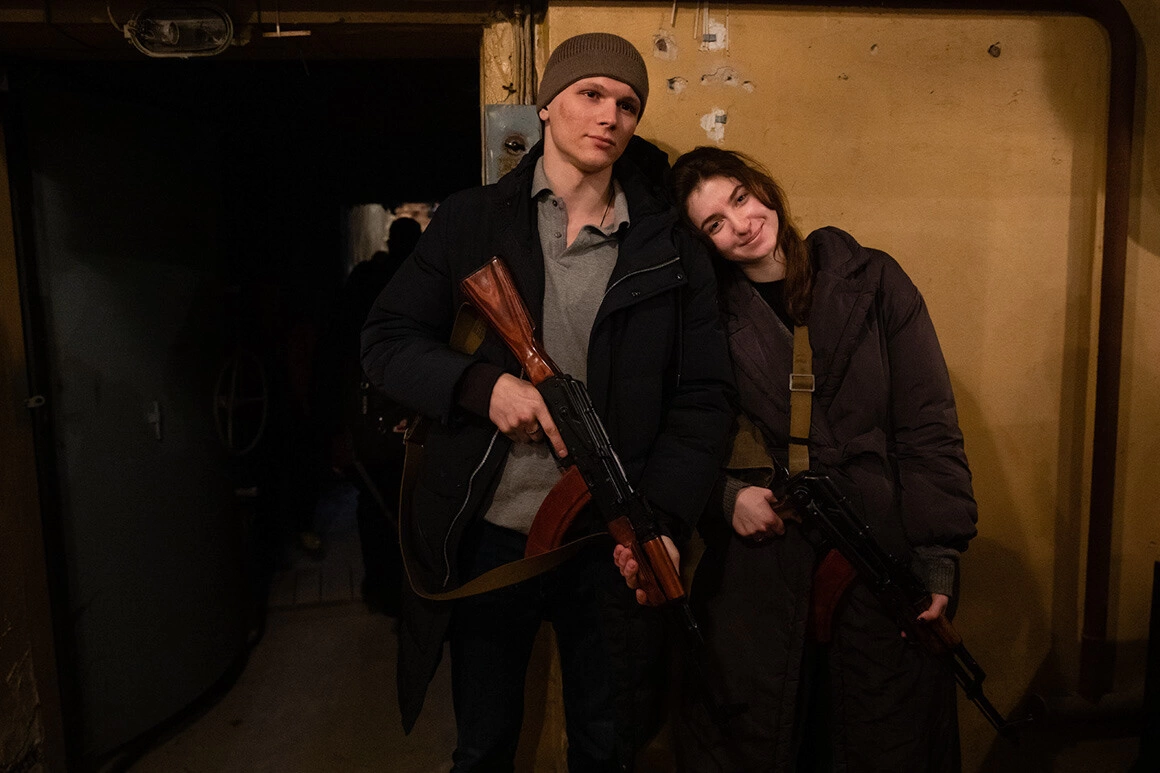
Ukranian photographers are witnessing the destruction of everything we are used to think of as definitive and reliable. Photography is a peaceful weapon in a barbaric war, as it can help bring to justice the war criminals that are ordering attacks on civilians. In an essay about the role photography has in wars Susan Sontag wrote: ”Who believes today that war can be abolished? No one, not even pacifists. We hope only (so far in vain) to stop genocide and bring to justice those who commit gross violations of the laws of war (for there are laws of war, to which combatants should be held), and to stop specific wars by imposing negotiated alternatives to armed conflict.”
